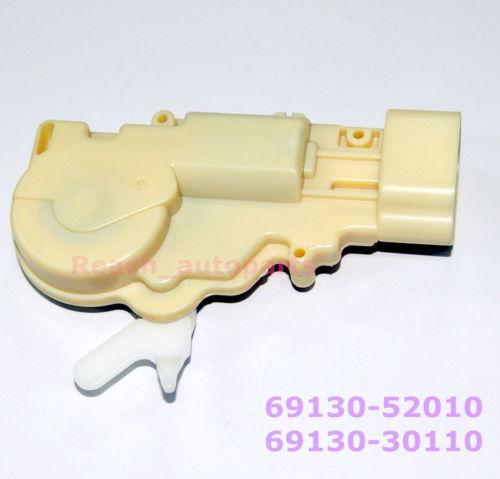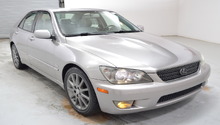Lexus GS: Buying Guide and Common Problems
Whether you are in the market to buy or sell, knowing the value of your Lexus will only help you get the best deal.
This article applies to the Lexus GS (2005-2013).
Buying a new car can be a headache and a bank account breaker if you don't know what to look for. It's always important to do a good inspection and research before purchasing a vehicle. Inspecting it can reveal a lot of things the previous owner or seller may be hesitant to tell you, and can help you decide if that deal is too good to be true. There's nothing worse than purchasing a car that dies soon after you drive off in it, only to leave you stuck with repair expenses. This article will cover some key areas you should consider when making your decision. Every component covered here plays a big role in the price of a Lexus GS.
Rust
This goes without saying for any vehicle purchase: rust can be a major issue. It'll spread like cancer to the entire body panel if not handled in a timely manner. Depending on its location, it'll require either cutting out and patching in a new piece or replacing the entire body panel, which isn't cheap after labor and paint. You'll also want to inspect the frame for major rust damage. Surface rust is okay, but any holes or places you can push through are very bad signs.

Door Lock Actuators
The actuators are prone to fail on the GS series cars. It's hard to test whether they're failing or not by simply pressing the button to lock and unlock the doors; however, it is something you should be prepared to replace in the car's lifetime. The actuators themselves are very cheap but if you can do the work yourself, you can avoid the labor costs.

Rattling Noises
Another common problem is rattling coming from the glove box and sun roof shade. This is a pretty easy fix that can be done in an hour or less, so it may be worth asking the previous owner why it was never taken care of before putting the car on the market. Also, if you decide to take the car anyways and do the job yourself, make sure you knock down a few hundred dollars off the price.
Fluid Condition
You should always inspect the fluid condition as it can help you decide whether the car was properly maintained or not. Inspect both oil color and level; if it's black, it needs to be changed, and if it's consistently low, it could be a sign there's a leak somewhere. In addition, look at the transmission fluid; it should be a nice shade of red that is similar to Kool-Aid. If it's burnt, dark, or frothy, there's a transmission issue.

Scheduled Maintenance
A good previous owner will keep maintenance records or pull a CarFax when going to sell the vehicle. You'll want to look to make sure maintenance was performed at the correct intervals, including:
- Oil: Every 5-10k miles
- Transmission fluid: 100k miles
- Ball joints: Every 75-100k miles
- Tie rod ends: Every 75-100k miles
Common Questions
Should I buy a lowered car?
This is really up to you, however, it is recommended you don't. These cars are prone to more problems when lowered due to the drivetrain setup. It can cause odd issues like a swaying feeling when at idle or a steering wheel shake from altering the front suspension angles. Normally these issues can only be fixed by returning to stock height, which is why you should refrain from buying a lowered car.
Should I purchase a car with a check engine light on?
A check engine light is the car's way of indicating that there is something wrong. It only means you're going to be driving off in the car to go straight to a mechanic to have the problem diagnosed and fixed if necessary before any more issues arise. If you really like the car, take it to a mechanic to check it before you purchase it. An engine light could be a warning for either a cheap fix or a very expensive one.
Related Discussion
- GS Buying Guide - ClubLexus.com






